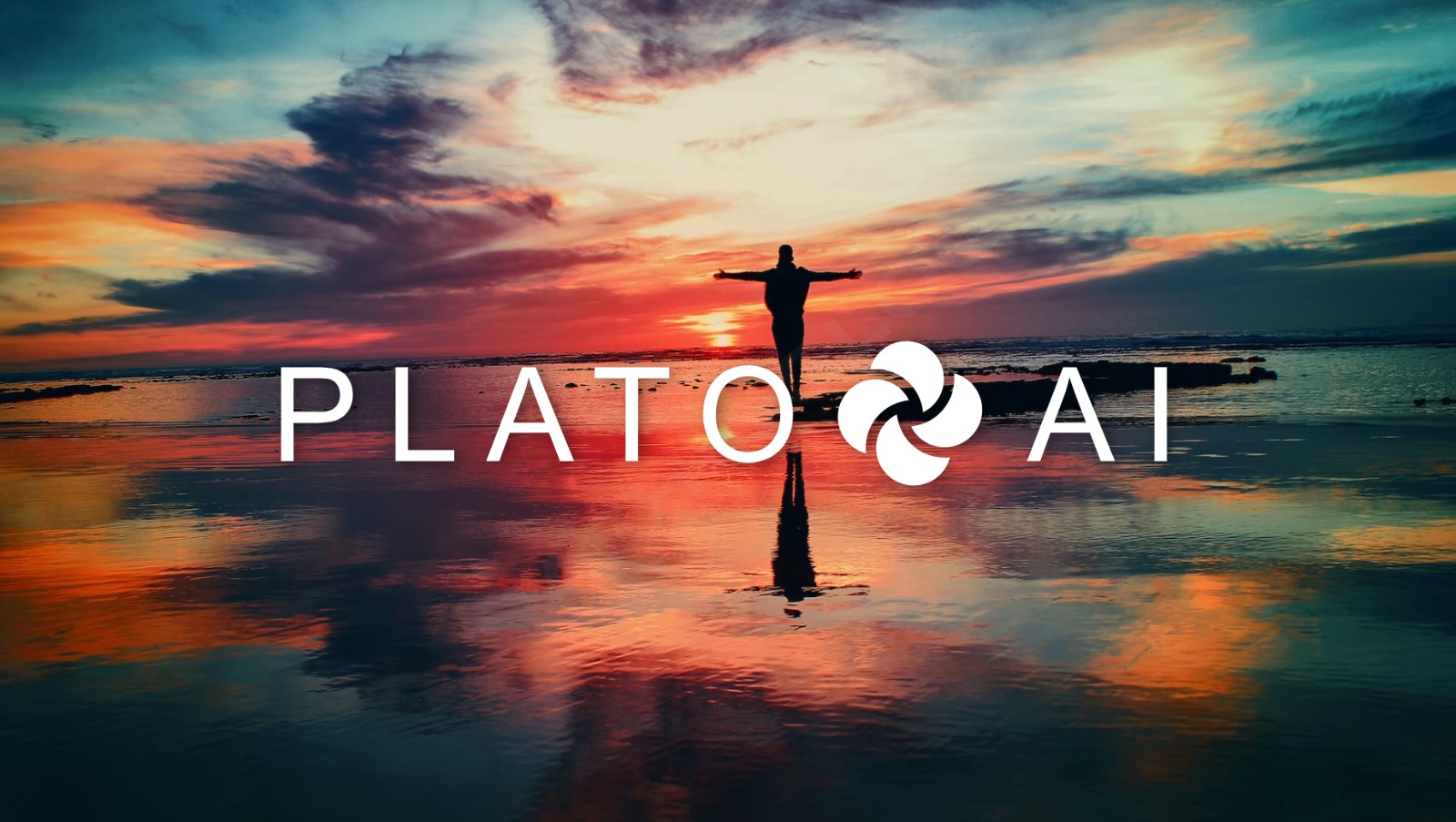
**Discover the Latest Changes in Verra’s Updated CCS Methodology**
In the ever-evolving landscape of climate change mitigation, Carbon Capture and Storage (CCS) has emerged as a pivotal technology. It offers a promising solution to reduce greenhouse gas emissions by capturing carbon dioxide (CO2) from industrial processes and storing it underground. Verra, a leading global standard for certifying carbon emissions reductions, has recently updated its CCS methodology, reflecting the latest advancements and best practices in the field. This article delves into the significant changes in Verra’s updated CCS methodology and their implications for stakeholders.
### Understanding Verra’s Role in CCS
Verra is renowned for its Verified Carbon Standard (VCS), which provides a robust framework for certifying carbon reduction projects. The VCS Program is instrumental in ensuring that carbon credits are credible, transparent, and verifiable. Within this framework, Verra’s CCS methodology outlines the criteria and procedures for quantifying, monitoring, and verifying CO2 emissions reductions achieved through CCS projects.
### Key Changes in the Updated Methodology
1. **Enhanced Monitoring and Verification Protocols**
One of the most notable updates in Verra’s CCS methodology is the enhancement of monitoring and verification protocols. The new guidelines emphasize continuous monitoring of CO2 capture and storage processes, utilizing advanced technologies such as remote sensing and real-time data analytics. This ensures greater accuracy and reliability in measuring emissions reductions.
2. **Incorporation of Lifecycle Assessment (LCA)**
The updated methodology now includes a comprehensive Lifecycle Assessment (LCA) approach. This means that CCS projects must account for emissions across the entire lifecycle of the project, from construction and operation to decommissioning. By considering the full spectrum of emissions, Verra aims to provide a more holistic assessment of a project’s environmental impact.
3. **Stricter Criteria for Site Selection**
Site selection is critical for the success and safety of CCS projects. The revised methodology introduces stricter criteria for selecting storage sites, focusing on geological stability, proximity to emission sources, and potential environmental impacts. These criteria are designed to minimize risks associated with CO2 leakage and ensure long-term storage integrity.
4. **Increased Transparency and Stakeholder Engagement**
Transparency and stakeholder engagement are cornerstones of Verra’s updated methodology. The new guidelines mandate regular public reporting on project performance and encourage active involvement of local communities and stakeholders. This approach fosters trust and accountability, ensuring that CCS projects are socially responsible and environmentally sound.
5. **Integration with Emerging Technologies**
Recognizing the rapid advancements in CCS technologies, Verra’s updated methodology is designed to be adaptable. It allows for the integration of emerging technologies such as Direct Air Capture (DAC) and bioenergy with carbon capture and storage (BECCS). This flexibility ensures that the methodology remains relevant and can accommodate innovative solutions in the fight against climate change.
### Implications for Stakeholders
The updates to Verra’s CCS methodology have far-reaching implications for various stakeholders, including project developers, investors, policymakers, and local communities.
– **Project Developers:** The enhanced monitoring protocols and stricter site selection criteria may increase upfront costs and complexity. However, they also provide greater assurance of project success and long-term viability.
– **Investors:** The incorporation of LCA and increased transparency can boost investor confidence by providing a clearer picture of a project’s environmental impact and performance.
– **Policymakers:** The updated methodology aligns with global climate goals and can serve as a benchmark for national and international CCS regulations.
– **Local Communities:** Greater stakeholder engagement ensures that local communities are informed and involved in decision-making processes, addressing potential concerns related to environmental justice and social equity.
### Conclusion
Verra’s updated CCS methodology represents a significant step forward in the standardization and certification of carbon capture and storage projects. By incorporating advanced monitoring technologies, comprehensive lifecycle assessments, stricter site selection criteria, increased transparency, and adaptability to emerging technologies, Verra is setting a high bar for CCS projects worldwide. These changes not only enhance the credibility and effectiveness of CCS as a climate mitigation strategy but also ensure that it is implemented in a socially responsible and environmentally sustainable manner.
As the world continues to grapple with the challenges of climate change, Verra’s updated methodology provides a robust framework for harnessing the potential of CCS technology to achieve meaningful emissions reductions.
- SEO Powered Content & PR Distribution. Get Amplified Today.
- PlatoData.Network Vertical Generative Ai. Empower Yourself. Access Here.
- PlatoAiStream. Web3 Intelligence. Knowledge Amplified. Access Here.
- PlatoESG. Carbon, CleanTech, Energy, Environment, Solar, Waste Management. Access Here.
- PlatoHealth. Biotech and Clinical Trials Intelligence. Access Here.
- Source: https://platodata.network/platowire/discover-the-latest-changes-in-verras-updated-ccs-methodology/

